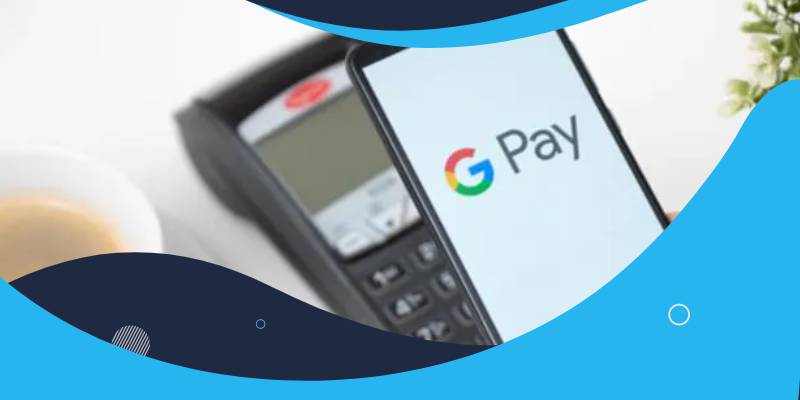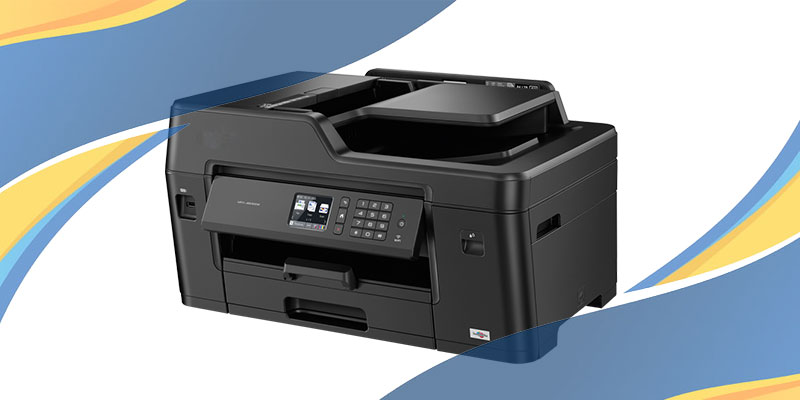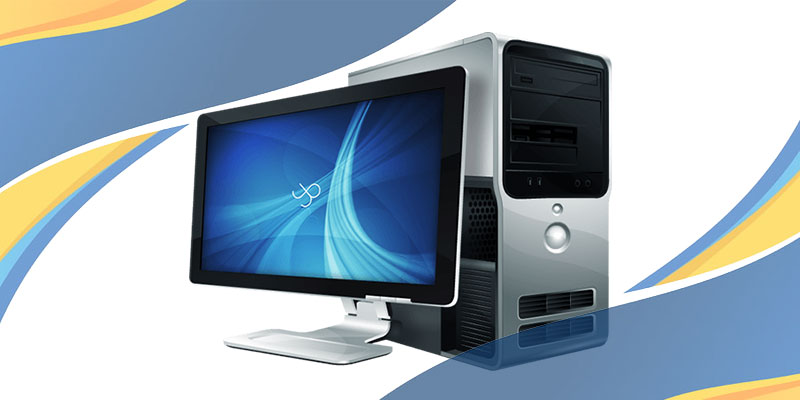
Sending and receiving money online has become common in the United States. Digital wallets are upping their game with special features and intuitive user interfaces. This Google Pay will enable users to make payments using compatible Android smartphones, watches, and tablets. Let's find out through this Google Pay review.
Here is a general impression of Google Pay. It lets users enjoy the advantages of using a card (credit, debit, gift card, etc.) without a physical card; there is no need to access your wallet or swipe the card at a POS terminal. If you have a compatible card, you are good to go. Pay through your Android device at a contactless terminal.
In general, Google Pay works like other phone payment apps. But what makes it different from other apps? We won't be making a point-by-point comparison in this Google Pay review, but we will get to know it better: its major features, who should use it and how to set up and use it, and everything else in between.
What is Google Pay?
Google Pay is a digital payment app. The mobile app makes it easy to send and receive money from anyone. Payment will be made from the sender's account number. This app works even if the receiver is not on Google Pay. This is a zero-fee affair. Besides sending and receiving money, you can do online shopping, mobile recharge, and more.
Also, this app works with all banks that support BHIM UPI.
What Are the Main Features of Google Pay?
Google Pay is a wallet-free app for any payment and shopping. With this digital app, you can shop in-store, in-app, and online. But it is much more than a means of paying. Also, it allows sending money to your family and friends. Read on to know the main features of Google Pay given below.
-
Easy To Set Up and Use
It's easy to install Google Pay on your smartphone or smartwatch. All you have to do is ensure NFC-enabled. NFC stands for near-field communication and is used for communication and transactions between 2 devices, one of which would be your smartphone or smartwatch. NFC technology is standard in today's smartphones.
Also, it requires your smartphone to be a fairly recent model running at least Android Lollipop 5.0 or higher. You can set it up with basic details like your phone number, bank account number, and card and enable permissions to get started.
In 2020, Google announced the relaunch of Google Pay. Did it change? The simple tap and pay app payment mode has become a versatile financial device. You can use it to do peer transactions, including online store, shop and restaurant purchases, ticket booking, payment sharing for lunch, store virtual cards, boarding passes, and tickets. Also, it enables you to connect to your bank accounts to monitor and search for finances and lets Google Pay search your inbox to view receipts. Also, note that you can contact their customer service team anytime if you have any queries. While these new features are not yet available in all countries, Google Pay is becoming an increasingly popular online payment option worldwide.
-
High Level of Security
Google Pay is created with multiple layers of security to ensure your money is not stolen or misused. Your credit/Debit card numbers aren't shared or saved with anyone. The entered details are stored in Google's secure servers, and Google, in return, issues a temporary virtual card. Any seller you pay for never sees or stores your banking information. You will be prompted to use a one-time security code to finish your transaction, making it safe from hacking.
With the option to remotely block the service of phone theft and with the option to keep access locked with not just a PIN but your fingerprint, with Google Pay, you get a degree of security compared to a credit card. If your phone is stolen, a thief can't access Google Pay without knowing your access code or biometric authentication when your phone is locked, and you can use Find My Phone if you need to.
-
Multiple Payment Option
You have multiple payment options in the Google Pay app. You can use the facility of phone pairing and money transfer using a QR code. Besides, you can also use the name UPI to transfer money. You can send money by submitting the recipient's bank details and IFSC code. Also, you can view old transaction history, including the requested amount.
Is Google Pay for You?
If you are a person who prefers to transact through your mobile, then Google Pay is best for you. Just ensure you are using an NFC-enabled Android device and that you are using a Google Pay-compatible card. Make sure to check whether Google Pay is accepted in the country you live in.
But, if you don't do many transactions online or via your mobile, or if you live in a location that doesn't have many stores that accept phone payments, Google Pay may not work for you.
It depends on your device, where you live, your cards, and your personal preferences.
How To Set Up Google Pay?
Follow these simple steps to set up your Google Pay app on your Android smartphone.
- Firstly, Sign in to your Google Account on your smartphone or PC. Then, open the Google Pay app.
- Next, add your bank, credit or debit card, and PayPal account details, and verify as instructed.
- After that, set a PIN, password, or fingerprint for payment access.
- Then, save changes.
- Now, try transferring a small amount to a friend or family member to check that it's working.
- Lastly, on your smartphone, go to 'Settings,' open 'Apps,' and choose the 'Tap and Pay' option. Now, you can add your Google Pay app as your default payment mode if you want.
Conclusion
It looks like Google is betting on the benefit of having everything in one place. It is an ambitious undertaking with many features to help you manage your money quickly and securely.
Google Pay is a good option if you want a single app's mobile payment, card, and money management features.
For the time being, many features are still priced low compared to other stand-alone apps for budgeting, cash-back offers, and P2P payment services available in the market. We expect new features and more countries to be covered under their international money transfer portfolio with continuous updates.



